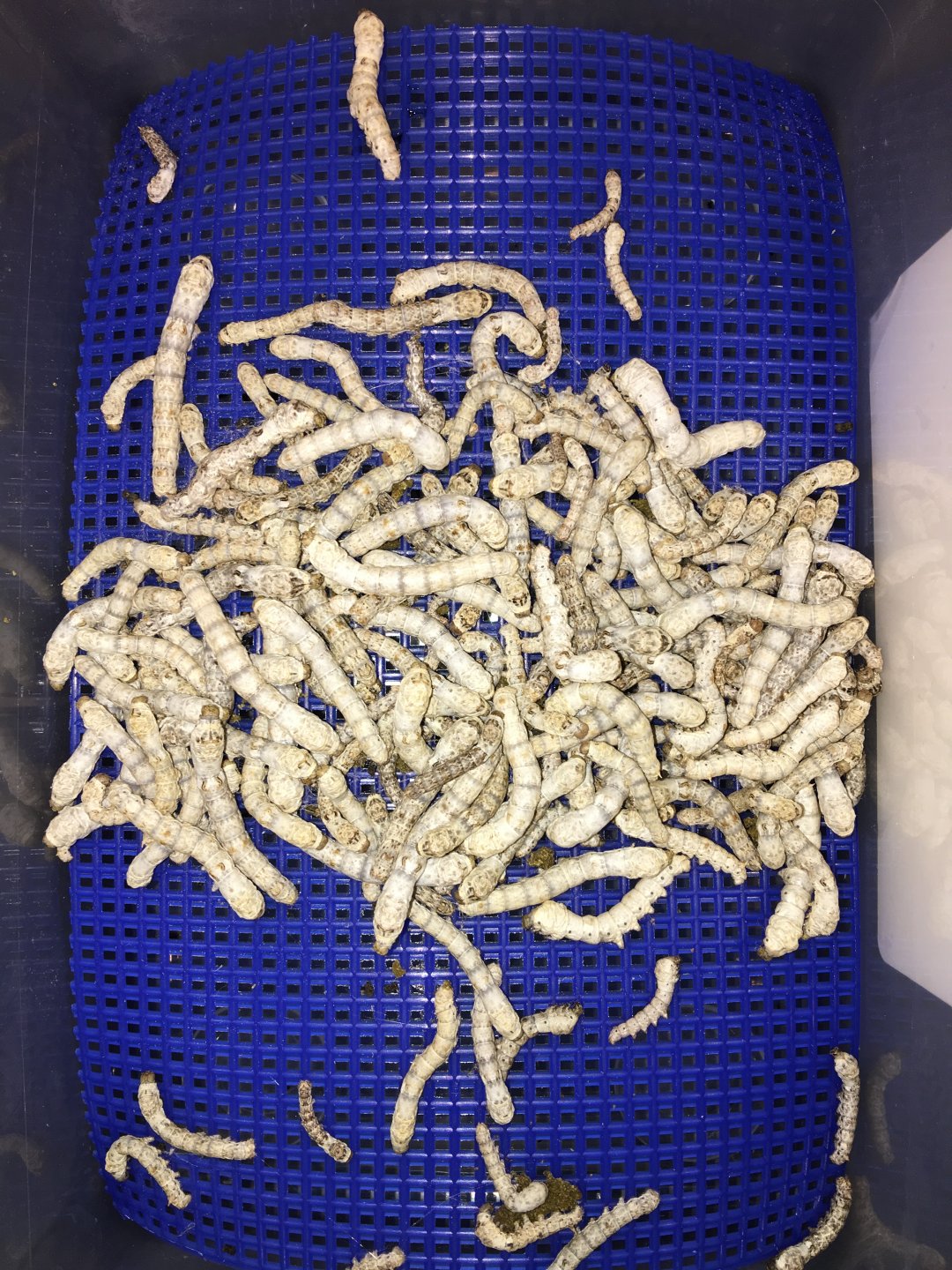aqualungs
Member
Very cool! I have not had success with the last hatching. I overslept and broke the 24 hour feeding rule. I can't seem to kill the bigger ones. I have had my adults for over a month. I was debating pupating the adult worms or give them to my friend's bearded dragon, but you have inspired me!


